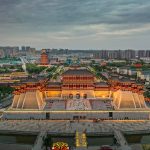If there’s one city that can truly claim to be the heart of China’s ancient civilization, Luoyang (洛阳) is it. Sitting gracefully along the banks of the Luo River, this city has witnessed over 5,000 years of history and served as the capital for 13 dynasties, earning its grand title as the “City of Thirteen Dynasties” (十三朝古都). From emperors and warriors to monks and poets, Luoyang has seen it all.
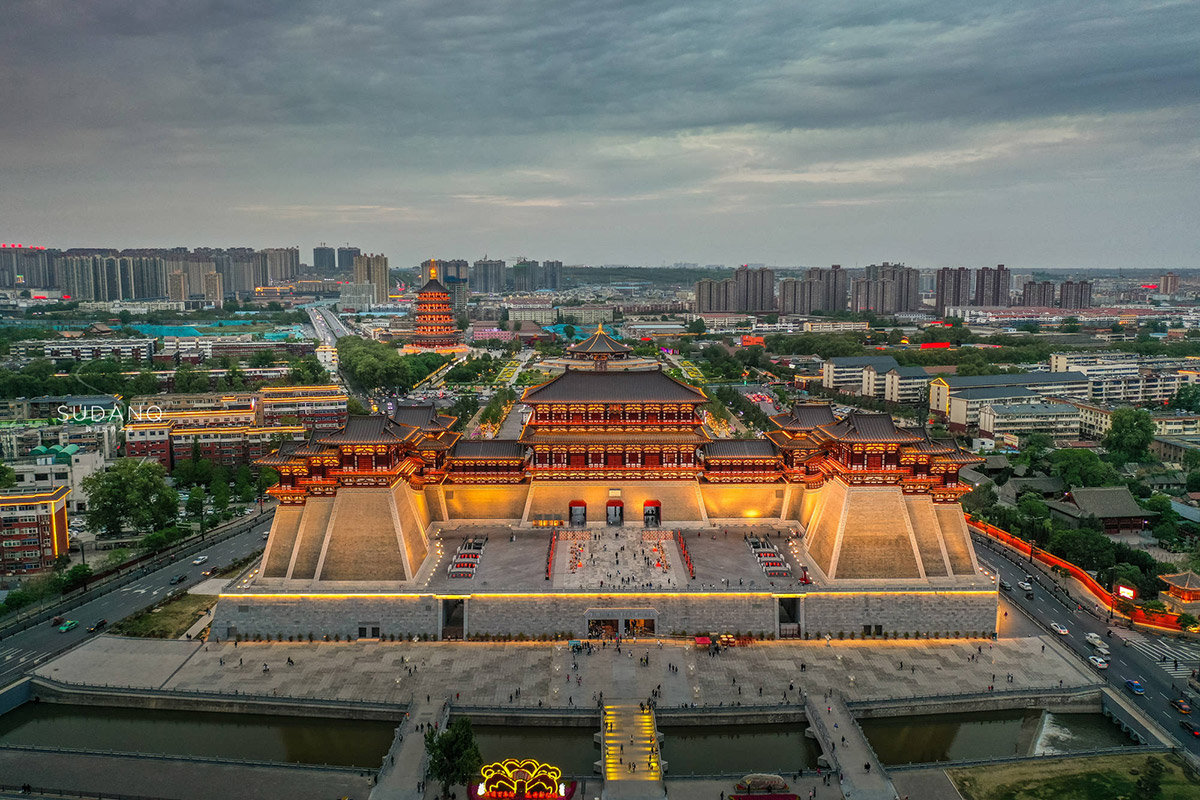
But Luoyang isn’t just a place of the past—it’s a city where ancient meets modern, where grand Buddhist statues gaze down from cliffs, and where the fragrance of peonies fills the air every spring. Whether you’re a history buff, a nature lover, or just someone looking for a city with soul, Luoyang has endless stories to tell.
So, let’s dive into this legendary city, from its imperial past to its blooming present, and explore the wonders that make it one of China’s most fascinating destinations.
The Birthplace of Chinese Civilization
Luoyang isn’t just an old city—it’s one of the cradles of Chinese civilization. Some of the earliest Chinese dynasties—including the Xia (夏), Shang (商), and Eastern Zhou (东周)—flourished here, making it one of the first great political and cultural centers of China. It was in Luoyang that Confucianism and Daoism took root, and where Buddhism made its grand entrance into China.
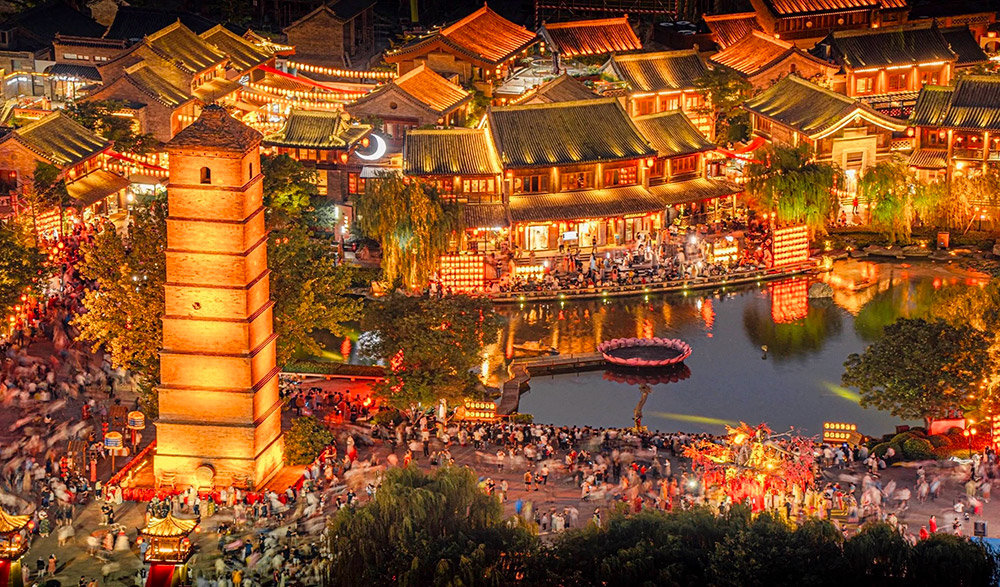
It’s no wonder that Luoyang was chosen as the capital more times than any other city in China—13 dynasties, to be exact! The city’s long history has left behind countless treasures, from magnificent Buddhist grottoes to ancient temples and tombs.
But perhaps Luoyang’s most enchanting legacy isn’t its stone carvings or royal palaces, but something much softer and more delicate—its peonies.
Luoyang: The Peony Capital of China
If Beijing is known for its forbidden palaces, and Hangzhou for its West Lake, then Luoyang is famous for its peonies (牡丹). These lush, elegant flowers have been cultivated in Luoyang for over 1,400 years, and their beauty has been celebrated in poetry, art, and legend.
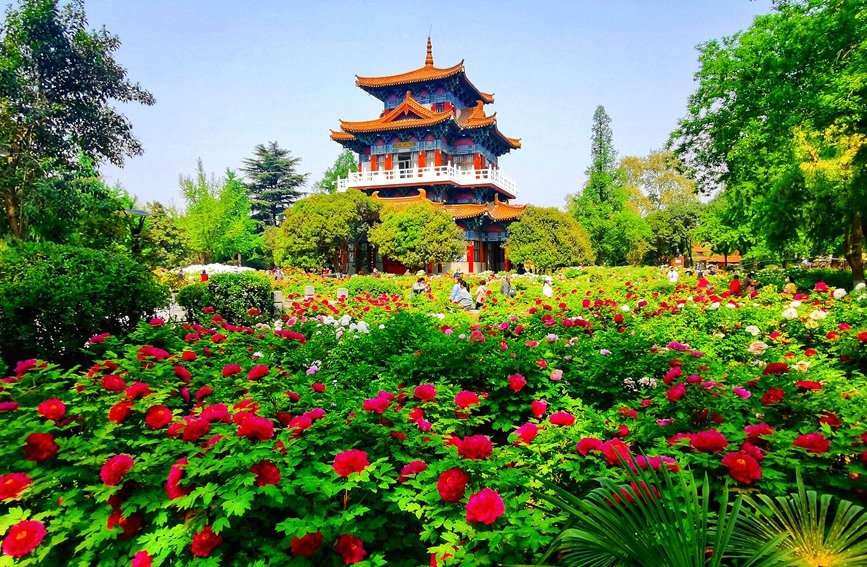
Every spring, the entire city transforms into a sea of flowers during the Luoyang Peony Festival (洛阳牡丹文化节). Held in April, this festival showcases hundreds of varieties of peonies, from deep crimson reds to golden yellows and snowy whites. The Luoyang Peony Garden (洛阳牡丹园) is the best place to see these regal blossoms in full bloom, drawing visitors from all over China and beyond.Asthe old saying goes:”洛阳牡丹甲天下” (Luoyang’s peonies are the finest under heaven). But Luoyang’s beauty doesn’t fade when the flowers do—its ancient wonders stand tall all year round.
Must-Visit Attractions in Luoyang
Longmen Grottoes(龙门石窟)– A Thousand Buddhas Watching Over You
If there’s one place in Luoyang that will leave you speechless, it’s the Longmen Grottoes. Carved into the cliffs along the Yi River, these caves hold over 100,000 Buddhist statues—some as tiny as a fingernail, others towering at 17 meters high.
The most famous of them all? The Vairocana Buddha, commissioned by Empress Wu Zetian of the Tang Dynasty. This majestic and serene figure is said to have been modeled after the Empress herself—graceful, powerful, and timeless.
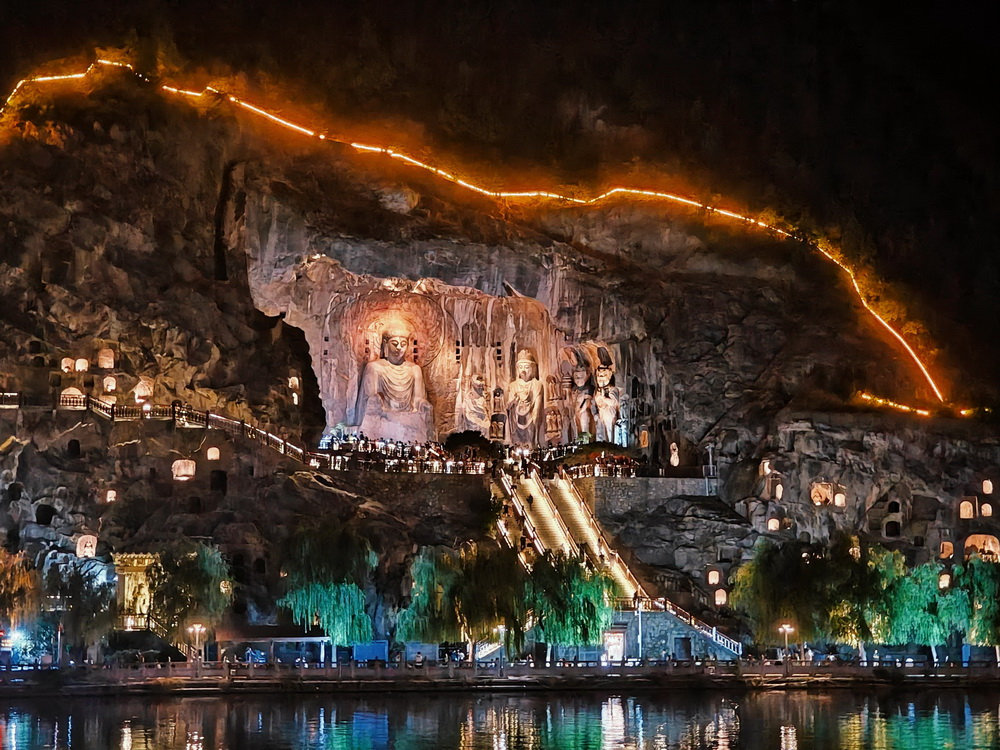
Walking along the stone pathways of the grottoes, surrounded by centuries-old carvings, it’s easy to imagine the monks, artists, and emperors who once stood here, shaping one of the greatest collections of Buddhist art in the world.
White Horse Temple(白马寺)– China’s First Buddhist Temple
Ever wondered where Buddhism in China began? The answer lies at White Horse Temple, built in 68 AD.
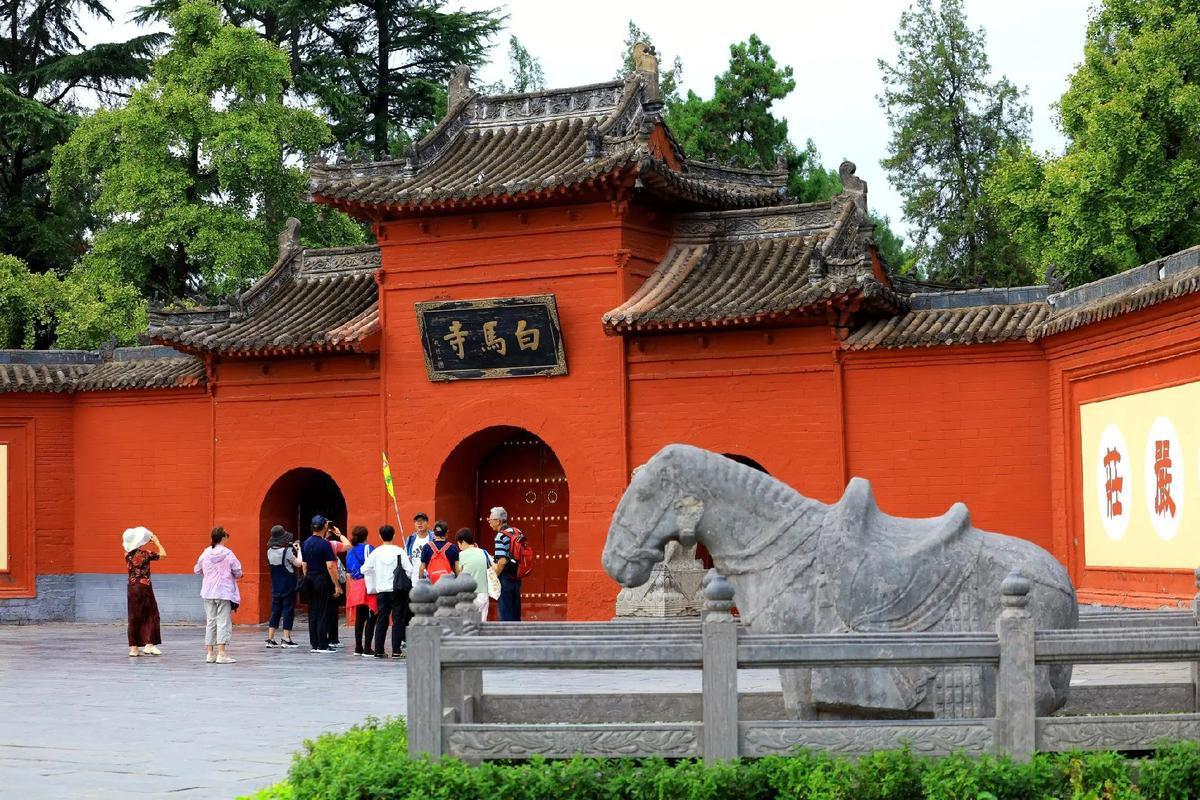
According to legend, Emperor Ming of the Han Dynasty had a dream of a golden Buddha. Inspired, he sent envoys to India to bring Buddhist scriptures to China. They returned, riding white horses, carrying sacred texts and statues. In their honor, China’s first Buddhist temple was built—White Horse Temple.
Today, this temple is not only a place of worship but also a living bridge between cultures. Inside, you’ll find architectural styles from China, India, Thailand, and Myanmar, making it one of the most unique temples in the country.
Luoyang Museum(洛阳博物馆)– A Journey Through Time
If you love ancient artifacts, bronze treasures, and Tang Dynasty pottery, you’ll love the Luoyang Museum. This museum is packed with over 100,000 cultural relics, including stunning silk road artifacts and intricately crafted ancient jewelry.
One of the coolest exhibits? The underground tomb models, which show how ancient Chinese royals and nobles were buried, complete with miniature houses, servants, and animals. It’s like stepping into a Tang Dynasty time capsule!
Laojun Mountain & Longtan Grand Canyon(老君山 & 龙潭大峡谷)– Breathtaking Natural Wonders
If you’re looking to escape the city and breathe in some fresh mountain air, Laojun Mountain (老君山) and Longtan Grand Canyon (龙潭大峡谷) are perfect destinations.
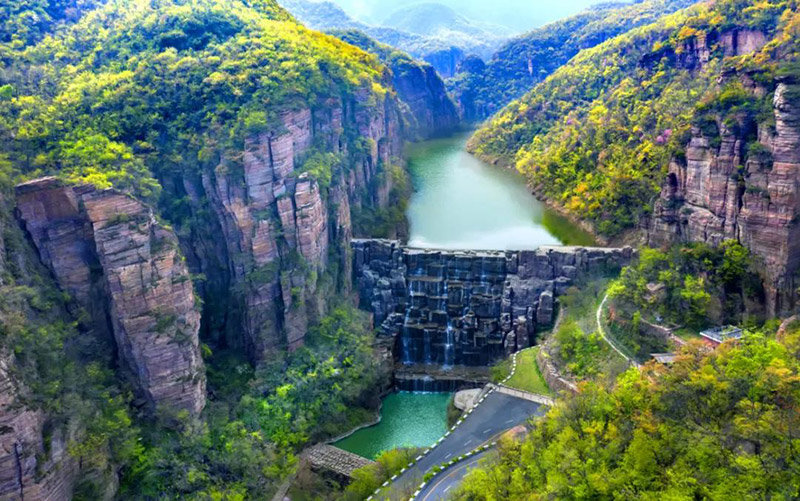
Laojun Mountain, named after Laozi, the founder of Daoism, is a place of misty peaks, golden temples, and breathtaking sunrises. Climbing to the top feels like stepping into a mythological world!
Meanwhile, Longtan Grand Canyon is a wonder of nature, filled with red rock formations, crystal-clear waterfalls, and dramatic cliffs. It’s one of China’s most scenic canyons, perfect for hiking and photography.
Why You Should Visit Luoyang
Luoyang is more than just a city—it’s a time capsule, a floral paradise, and a treasure trove of history. Whether you’re wandering through its ancient grottoes, admiring blooming peonies, or hiking misty mountains, you’ll feel the weight of history and the beauty of nature all around you.
So, are you ready to step into China’s past and embrace its timeless charm?
Contact us today to craft your dream China adventure!

